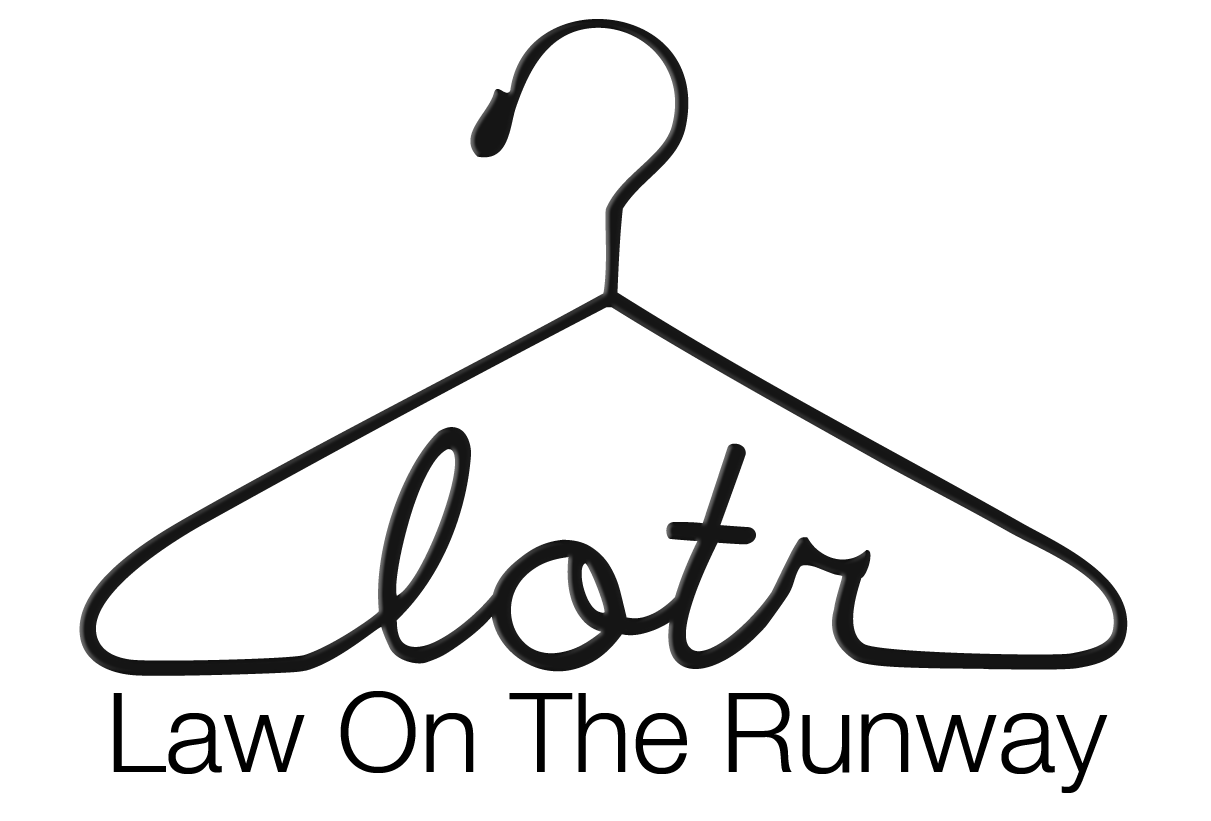When To Label Your Products as “Made In USA.”

Conversations To Have With Your Future Fashion Business Partners
September 12, 2016
How To Protect Your Jewelry Designs
September 12, 2016To support the local economy and to avoid manufacturing facilities with questionable humanitarian ethics, many fashion and cosmetic companies are seeking local manufacturing opportunities, and are excited to share this goal with customers. The Federal Trade Commission (FTC) has published several policies and standards that companies must reach when using country of origin statements in marketing or publicity. Below are a few tips to help you fit within the FTC’s rules, so that you can proudly and accurately share the origin of your products.
Required Disclosure for Clothing
If you are making clothing, you are a likely required to share where the textiles came from (American & foreign).
Here’s what the FTC has stated about the requirement of country of origin labels, only for productions that fit within the Textile & Wool Acts (if you are making clothing, including scarves, but not shoes, assume you must comply.)
Products must identify the country where the products were processed or manufactured:
- Products made entirely in the U.S. of materials also made in the U.S. must be labeled “Made in U.S.A.” or an equivalent phrase.
- Products made in the U.S. of imported materials must be labeled to show the processing or manufacturing that takes place in the U.S., as well as the imported component.
- Products manufactured partly in the U.S. and partly abroad must identify both aspects.
Voluntary Disclosures for Accessories or Cosmetics (When Made in USA)
It is important to note that when you are manufacturing overseas there are guidelines set by the Customs & Border Control requiring the labeling of the country of origin. If you are manufacturing inside of the United States, you do not need label that it is a US made product (unless you fit within the Textile & Wool Acts above). However, if you do label it “US Made,” you must do so in adherence to the FTC rules.
“All or Virtually All” Standard
The FTC uses this standard to mean that all significant parts, processing, and labor that go into the product must be of U.S. origin. Products should not contain any (only negligible) foreign content. One test that the FTC uses is to examine the percentage of the total cost of manufacturing the product that is attributable to U.S. costs.
Be Careful Using American Symbols
If you are trying to invoke the Americana heritage, but you are manufacturing or sourcing materials from overseas, you may have to rethink your branding. The Federal Trade Commission doesn’t look at just words that state the items are “USA Made,” they also look for symbols that may indicate or suggest this claim, such as an American flags, or references to US headquarters, such as specific US cities. FTC enforcement policy gives the example of the phrase, “American Quality” as a marketing or endorsement phase that would imply that the product was made in the USA.
If you are simply mentioning your headquarters address, or offering contact information that is within the United States, you are unlikely to draw a concern. The Commission is not likely to interpret the listing of a company’s U.S. address on a package label in a non-prominent way as a claim of U.S. origin.
You won’t need to apply for approval of your marketing. Just keep mind the standards as you plan your marketing; the FTC is always looking to ensure that any marketing claim, including the origin of the product, is truthful and easy to prove.
Qualified Made-In-USA Claims
In determining the percentage of U.S. content in its product, a marketer should look far enough back in the manufacturing process that a reasonable marketer would expect that it had accounted for any significant foreign content. If you want to explain that a specific process within the manufacturing or supply chain was done in the USA, you are able to do so. The FTC offers this example:
“A company designs a product in New York City and sends the blueprint to a factory in Finland for manufacturing. It labels the product ‘Designed in USA — Made in Finland.'”
Assembled in USA
Some companies claim that the product was “Assembled in USA,” meaning that the parts are foreign made, but the final construction of the product was done within the USA. without qualification when its principal assembly takes place in the U.S. and the assembly is substantial. For the “assembly” claim to be valid, the product’s last “substantial transformation” needs to happen in the U.S. This usually requires a multiple step construction to occur, and not just the simple attachment of a few pieces.
Third-Party Certifications of USA Made
One last note on the topic, be skeptical of third-party certifications. You may see products with third-party certifications claiming that the product was made in a certain location, but the FTC may not agree that this certification is accurate. FTC recently charged organization with deceptive certification claims of a “Made in USA” certification mark.: http://1.usa.gov/1tXKww7

